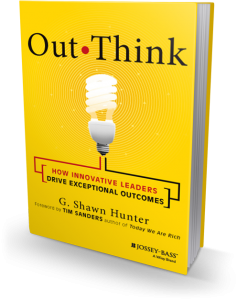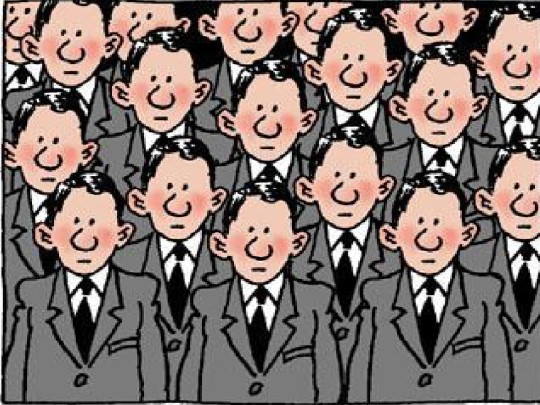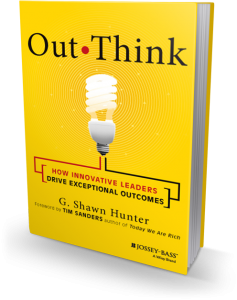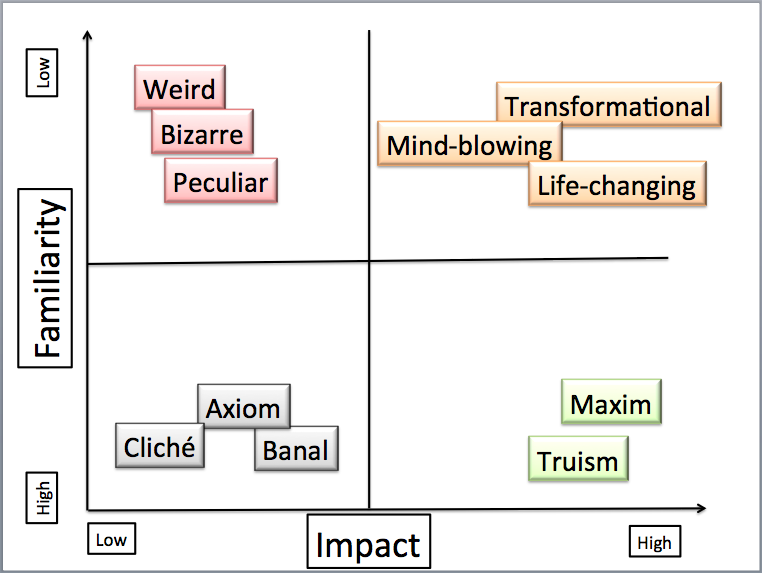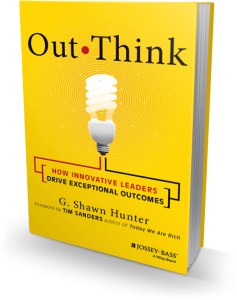We See the Company Through the Lens of Who We Work For
Whatever industry you are in, you have competition. The only thing that differentiates you from anyone else in the long term is the people inside the company.
I recently started a new business building beautiful eLearning courses specifically so thought-leaders, authors and speakers could scale their minds. I thought it was unique, one-of-a-kind. I thought no one had ever thought of this idea. Of course I was wrong.
I only had to start talking about our new company and service to someone in the industry, and sure enough they would say to me, “Oh, that sounds a little like so and so. Have you heard of them?” And it’s true, we do have competition, but our secret sauce is our people.
And the bigger and more successful your business is, the more likely you are to have competition. You probably have a slightly different product, slightly different pricing, and maybe slightly different service. But ultimately what makes your brand X different from brand Y is the people in the company.
According to the Bureau of Labor Statistics, Generation Y is expected to keep their jobs for just two years, only about half the amount of time spent in professional jobs by the current American worker. According to Experience.com, seventy per cent of recent college graduates reported leaving their first job within two years. “For millennials, it is more a matter of career exploration than climbing the traditional ladder,” said Emily He, CMO of the talent management company SABA.
But why do they quit? According to a new survey by Ernst & Young of 9,700 full-time employees in the world’s big eight economies – the United States, Brazil, Mexico, the United Kingdom, Germany, India, China and Japan – the top three reasons are:
- Stagnant wage growth
- Lack of career development opportunities
- Excessive overtime and inability to escape work
But the data suggests that retaining top talent is more complicated than simply giving aggressive pay raises, installing ping pong tables, or offering to pay for night classes. The entire system is creating stressful environments around the clock. From the time we wake up to check email at our bedside smartphone, to marathon meetings, lack of sleep, and “finding time for me,” professionals today are under more duress than ever before.
Consider, almost half (46%) of managers globally are working more than 40 hours a week. Millennials (64%) and Gen X (68%) have the highest levels of spouses working full time as well – doubling the stress of balancing home and child obligations.
Almost 70% of Millennials and Gen X claimed that “getting enough sleep,” “finding time for me.” and “balancing work and home life” were becoming problematic. And it’s not just the American white collar worker. According to the study, things are even worse in Brazil, India, UK, Japan, and Germany.
I had an interview with Tom DiDonato, Chief Human Resources Officer at Lear Corporation. He says it takes constant tweaking, and adjusting. He says there is no magic formula for balancing pay, flexibility, special benefits, supporting educational opportunities, or early-release Fridays.
He says there is only one secret weapon to attracting and retaining top talent.
“Ultimately people view the company through the lens of the person they work for. They don’t say ‘I work for Company XYZ, and even though my boss, and their boss aren’t role models for me, I really love the company.’ I doubt you will ever hear that…
If you view your boss as a role model, you probably think really well of the company. I believe that to my core. That’s the one thing you don’t have to tweak… keep getting great leaders. Keep developing great leaders. Keep having those people in your company that others view as role models, and you’ll have that sustainable culture that attracts the kind of talent that everybody is vying for.”
Grow the greatest leaders from the inside, and the strongest talent will come knocking to work for them.
- Join my Email updates for regular updates on leadership and life
- Learn more about my Speaking work
____________________________________________________

Twitter: @gshunter
Say hello: email@gshunter.com
Web: www.shawnhunter.com



